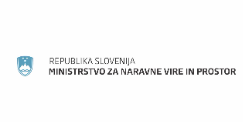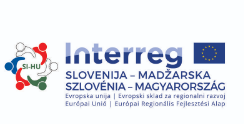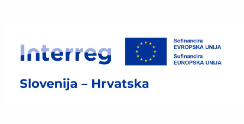Positive effects of the project presented at the final conference of the project
On Thursday, September 9th, the final conference of the Gorička krajina project took place at Grad Castle. At the conference, representatives of project partners, Goričko Nature park Public Institute, DOPPS- BirdLife Slovenia and the Chamber of Agriculture and Forestry of Slovenia (CAFS) - Institute Murska Sobota, presented the project activities and results of the project, which started at the end of 2017 and will end in February 2022.
The conference started with a premiere one of the video portraits ![]() T. Koltai
T. Koltai
The premiere of one of the five video portraits was followed by speeches by the director of the leading partner Goričko Nature park Public Institute Ms. Stanislava Dešnik and a representative of the Ministry of the Environment and Spatial Planning of the Republic of Slovenia Mrs. Maja Kač. The speeches was followed by the presentation of project activities and their results. Gregor Domanjko, project manager at the Goričko Nature Park Public Institute presented project activities carried out by the lead partner. Katarina Denac from the DOPPS- BirdLife Slovenia presented the key expert findings of the effectiveness of implemented protection measures.
The most extensive project conservation measures was the restoration of 106 ha of extensive meadows on as many as 695 parcels. Of them, 70 ha were restored with an aim to improve the condition of meadow habitat types, 30 ha of meadows were restored in order to improve habitat of the large blue butterflies, while the remaining 6 ha were restored with an aim to improve the habitat of other target species. During the first two years, intensive meadow renovations with overgrowth removal were carried out on these meadows. As Gregor Domanjko explained, more than a few extensive renovations of with shrub and trees overgrown meadows were carried out, and today flowering meadows have already been established on these areas. “A big challenge for restoration were meadows with alien invasive plant giant goldenrod. As these meadows were completely overgrown with this plant, other plants almost were not present anymore and therefore intensive restoration was needed. The effects of regular and frequent mowing are already visible. Instead of the giant goldenrod, flowering meadows with yellow day-lily and marsh gentian appear again. At the same time the meadows are again becoming interesting for hay production."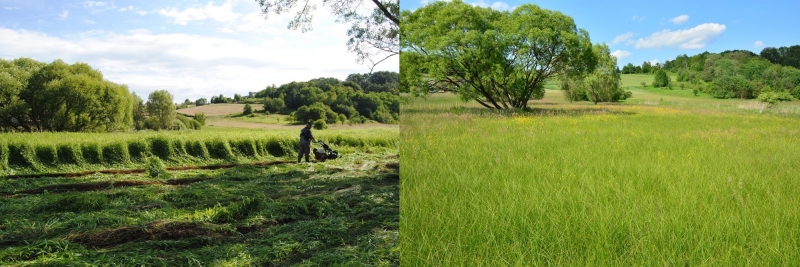
Restored wet meadows in Ženavlje before and after ![]() M. Podletnik, G. Domanjko
M. Podletnik, G. Domanjko
Large part of the project activities were dedicated to the improvement the habitat of the Scops owl. Already at the start of the project, 22 ha of existing high-trunk orchards were restored by rejuvenation pruning and removal of the European mistletoe when 950 trees were pruned. In order to maintain suitable natural nesting sites in fruit high-trunk trees, long-term conservation contracts have been concluded for 50 trees. These trees are marked in the special info boards. The activity of planting new high-trunk orchards received the greatest interest and a positive response from the locals. "Despite the epidemic, we managed to plant 27 ha of new orchards in the autumn-winter period. In every other village in Goričko. In a few decades, these orchards will become a breeding habitat of the Scops owl and other cavity-nesting birds."
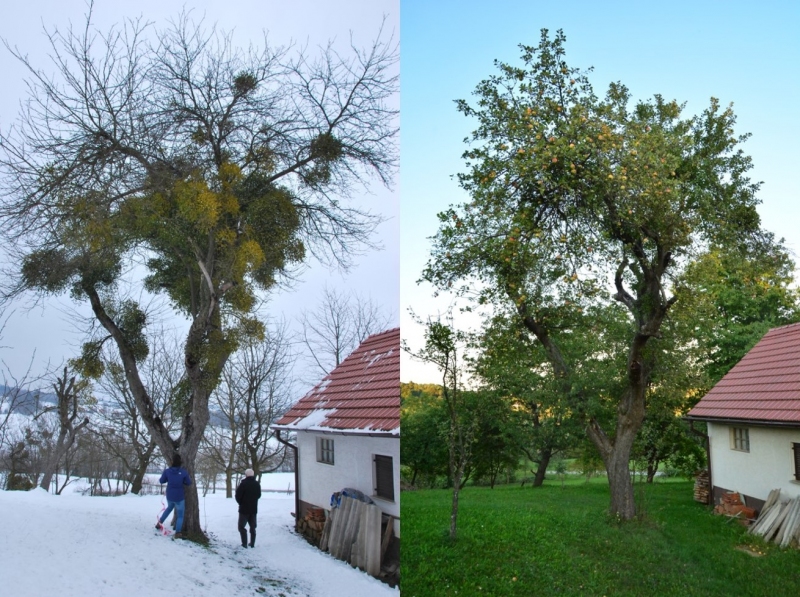
High-trunk apple tree before rejuvenation pruning (2018) and after (2021) ![]() G. Domanjko
G. Domanjko
The facts that the conservation measures were designed in appropriate way was also confirmed by ornithologists from DOPPS- BirdLife Slovenia. With the help of special GPS devices, experts determine the selection and use of foraging habitats of Scops owl. Experts have found that installation of hunting poles and leaving belts of unmown grass had a very positive effect on Scops owl and therefore estimated them as a very successful measures. “Hunting poles are simple wooden poles from which the bird preys on large insects in the grass, while uncut parts positively effect the reproduction of this insects, " explained Katarina Denac.
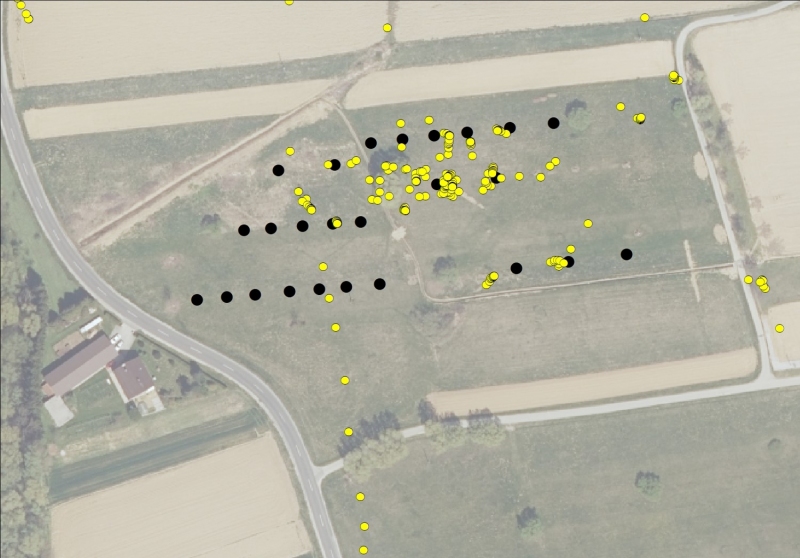
Scops owl frequently used hunting poles ![]() DOPPS
DOPPS
The woodlark was the second target bird species. Along protection contracts for habitat improvement, restoration of meadows was carried out. The woodlark has experienced one of the largest declines in population numbers in Goričko. In 1997, there were about 200 pairs nesting in Goričko alone, while in 2016 only about 40 pairs were left. Today, the Goričko population is estimated at 70 nesting pairs. The project has also contributed to many new insights into the ecology of this bird, as ornithologists discovered that woodlarks in Goričko also nest on the fallow and on fields of winter grains. As Denac further explained, the conservation measures for the woodlark were designed accordingly, which was confirmed by field work. At the same time the expert findings indicate the need to expand them to larger areas in the future as well as the need to establish strict nest protection.

Dry meadow restored for woodlark before (2018) and after (2021) ![]() G. Domanjko
G. Domanjko
Together with the The Chamber of Agriculture and Forestry of Slovenia (CAFS) -institute Murska Sobota, farmers were actively addressed about the active protection of the Scops owl, the woodlark and the target species of butterflies. "For the protection of the Scops owl our Agricultural advisory service together with the project co-workers, actively urged the meadow owners to leave parts of the meadows unmown, as such parts are important foraging habitats of the Scops owl. In the last year of the project, we intensively encouraged meadow owners to join our efforts to improve habitats of the large blue butterflies. This part was especially demanding, as we were in considerable time pressure also due to the restrictions related to the epidemic, "said Karel Hari from CAFS – institute Murska Sobota.
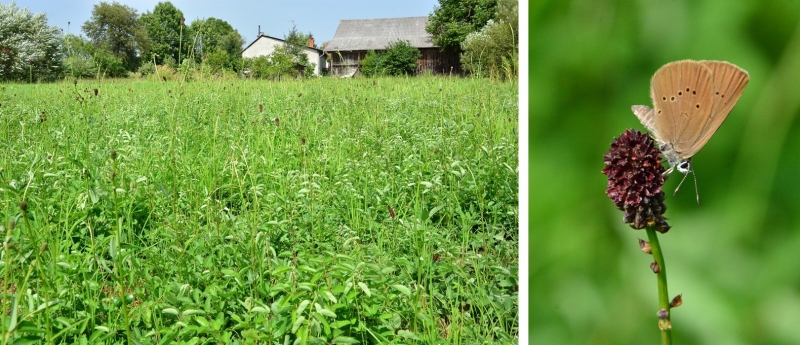
Sanguisorba-rich meadows were included in conservation contracts ![]() G. Domanjko
G. Domanjko
In addition to the scare and the dusky large blue butterfly, conservation activities were also dedicated to the marsh fritillary. This butterfly, which was once widespread in the wider part of Goričko, now lives only on one meadow area in eastern part of Goričko. As this location is also the last in Pomurje, its conservation is crucial. “Within the project, both park employees and butterfly experts came to the number of insights into butterfly ecology and its habitat management. The results of the censuses show that we are on the right track, as the number of caterpillar nests, which can be taken as a measure of the success of the measures, has increased by almost three times, "said Domanjko.
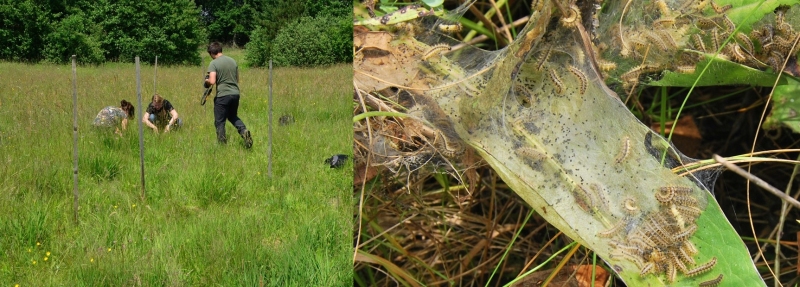
Marsh fritillary management demands time consuming nest searching - results are visible ![]() G. Domanjko
G. Domanjko
Additional knowledge on the distribution and habitat selection of the hermit beetle and cinnabar flat bark beetle provided more efficient planing of the conservation measures. Suitable habitats were preserved by renewal or establishing habitat trees.
The project also greatly contributed to improving the life conditions of three species of bats. "Before the project, bats were often overlooked, but nowadays we get calls from the locals for advice on bats on a weekly basis. We have already solved many problems with communication and managed to protect bats, "explains Domanjko. The success story with the bats began at the end of 2018, when the old lights next to nine churches in Goričko were replaced with new, bat-friendly lights that illuminate only the facade and roof of the churches. "This has darkened the surroundings of the churches, so bats fly out when there are the most insects in the air. At the same time, we also reduced light pollution at these locations. "Special attention was paid to one of only two known maternity roosts of the lesser horseshoe bat in Goričko. In Kančevci, a long-term agreement was reached with the owner of the building for the protection of this roost by concluding a protection contract. "In the autumn of 2019, we set up the first permanent exhibition on bats in Slovenia in the same building, and to this date it has been visited by more than 1,000 visitors. The number of bats also increased by three times."

Chapel in Fokovci before and after lights replacement ![]() G. Pintar
G. Pintar
Although most of the activities have been completed, the Goričko Nature park Public Institute plans to establish three thematic trails by the end of the project. In Nuskova a thematic trail of the Scops owl and the hermit beetle will be arranged, while in Budinci a trail dedicated to meadows and meadow animals is planned. In Motvarjevci, a short boardwalk will enable visitors to visit the very heart of these colorful meadows up-close. The official opening of the trails is planned in the spring, when the meadows will be most colorful. Until then, nature lovers can admire the Goričko landscape and its inhabitants in five short video portraits.
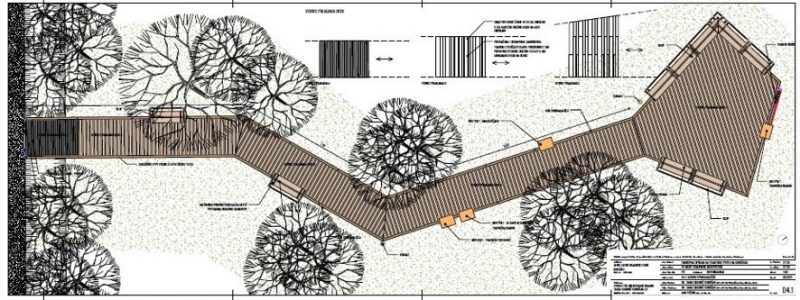
The Gorička krajina project is the largest project implemented by the Goričko Nature Park Public Institute since its establishment in 2004. In total 247 ha were included in the project activities and more than 500 landowners participated in the project. Nevertheless, at the end of the project, all partners emphasize that the project is not over, as the real challenges are just beginning.
Field part of the conference ![]() M. Podletnik
M. Podletnik
After the presentation of the project in words and pictures, the conference participants also had a chance to see the implemented measures live. In Grad they visited a newly planted high-trunk orchard. Later they visited a meadow in Vidonci, where hedgerow was planted. At the end, the participants visited the breeding area of the woodlark and area of restored meadows with invasive alien giant goldenrod in Stanjevci.


